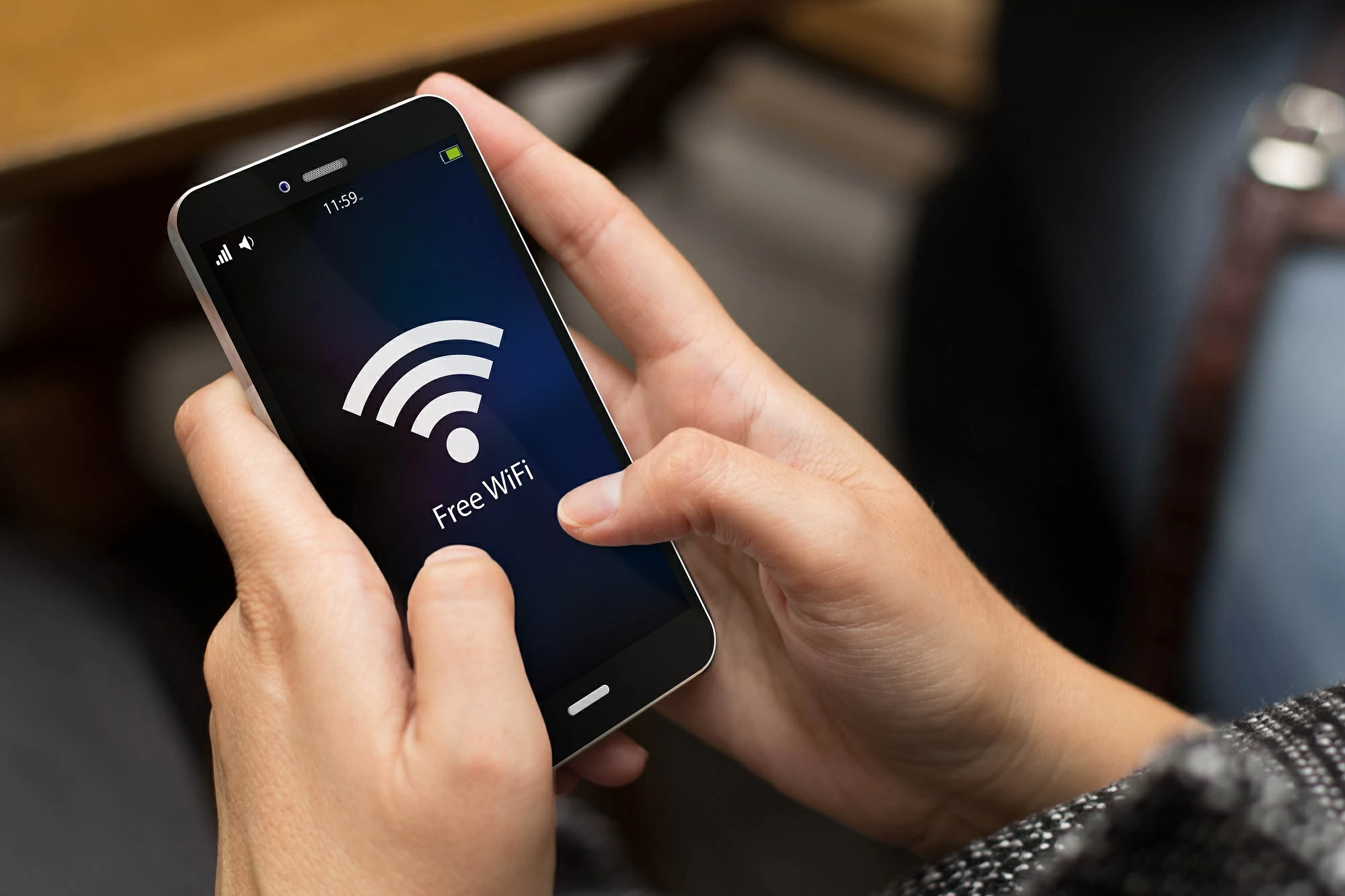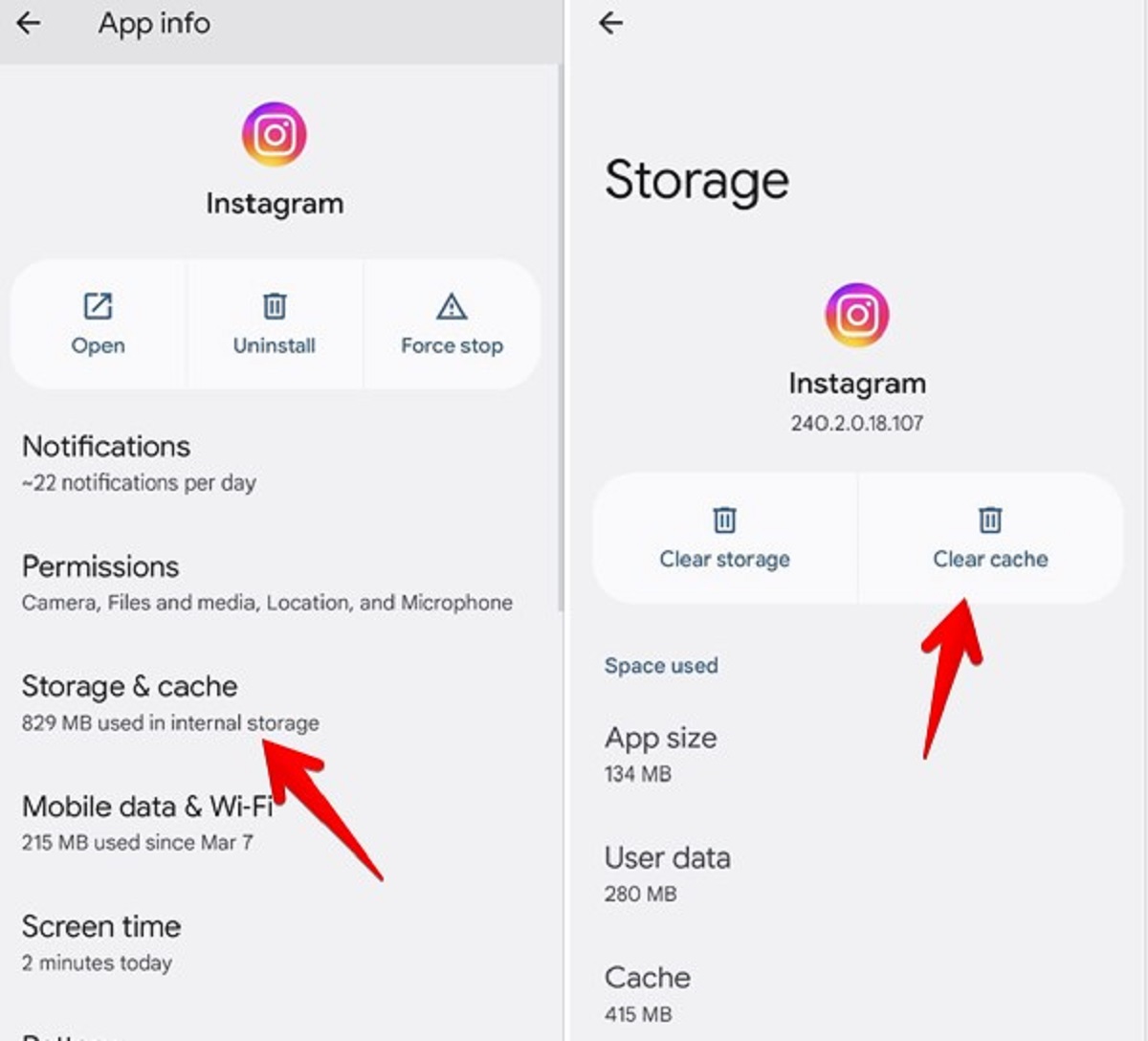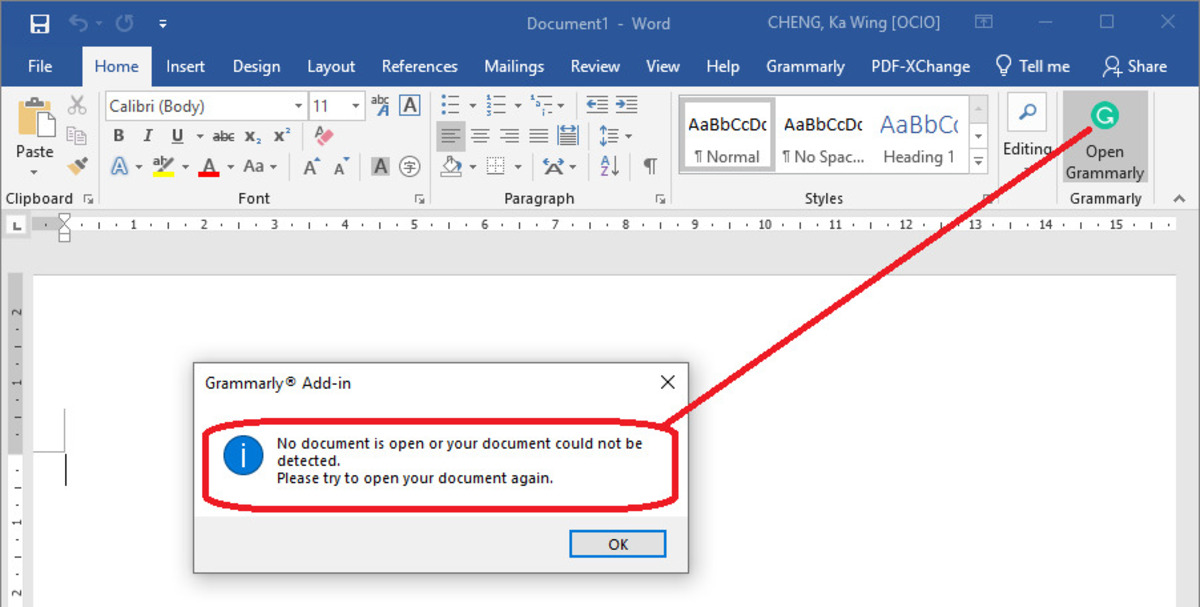Troubleshooting Steps for Wi-Fi Connectivity Issues
Having trouble connecting to Wi-Fi can be frustrating, especially when you need a stable internet connection for work, entertainment, or everyday tasks. Fortunately, there are several troubleshooting steps you can take to resolve Wi-Fi connectivity issues. In this article, we will guide you through the process of troubleshooting common Wi-Fi problems.
- Check the Wi-Fi Network: Start by ensuring that your Wi-Fi network is up and running. Check if other devices connected to the same network are experiencing the same issue. If they are, the problem might be with your Wi-Fi router or internet service provider.
- Verify Your Device’s Wi-Fi Connection: Double-check that your device is connected to the correct Wi-Fi network. Sometimes, devices may unknowingly connect to a neighboring network with a weak signal. Make sure you are connected to your intended network.
- Restart Your Router and Modem: Power off your router and modem, wait for a few seconds, and then turn them back on. This can help resolve temporary glitches and refresh the connection between your device and the network.
- Ensure the Wi-Fi Password is Correct: If you recently changed your Wi-Fi password or if you are connecting to a new network, ensure that you are entering the correct password. Incorrect passwords can prevent your device from connecting to the network.
- Move Closer to the Wi-Fi Router: Sometimes, weak signals can cause connection problems. If you are far away from the Wi-Fi router, move closer to it and check if the connection improves. Walls, furniture, and other obstacles can also interfere with the Wi-Fi signal, so minimizing obstructions can help strengthen the connection.
- Restart Your Device: Occasionally, issues with the device’s Wi-Fi module can cause connectivity problems. Try restarting your device, and once it powers back on, attempt to connect to the Wi-Fi network again.
- Update Your Device’s Software: Outdated software can sometimes lead to compatibility issues with Wi-Fi networks. Check for any available software updates for your device and install them to ensure optimal performance and compatibility.
- Check for Interference or Network Congestion: Other electronic devices, such as baby monitors, cordless phones, and microwave ovens, can interfere with Wi-Fi signals. Additionally, if multiple devices are connected to the network, there might be network congestion. Try disconnecting or moving away from interfering devices and reducing the number of connected devices to improve the Wi-Fi connection.
- Reset Network Settings on Your Device: Resetting network settings on your device can help resolve any configuration errors that may be causing connectivity problems. Keep in mind that this will remove any saved Wi-Fi networks and you will need to reconnect to them manually.
- Contact Your Internet Service Provider: If you have gone through all the troubleshooting steps and still cannot connect to Wi-Fi, it’s time to reach out to your internet service provider. They will be able to assist you in diagnosing and resolving any network-related issues.
By following these troubleshooting steps, you can improve your chances of resolving Wi-Fi connectivity issues and getting back online. Remember that sometimes the issue may be beyond your control, such as a larger network outage, and in such cases, contacting your internet service provider becomes even more essential. Stay connected!
Check the Wi-Fi Network
When you encounter Wi-Fi connectivity issues, the first step is to check the status of your Wi-Fi network. This will help determine if the problem lies with your network or if it’s specific to your device.
Start by checking if other devices connected to the same Wi-Fi network are experiencing the same issue. Connect another device, such as a smartphone or tablet, to the Wi-Fi network and see if it can successfully connect. If other devices are also unable to connect, the issue might be with your Wi-Fi network or your internet service provider.
Next, examine the Wi-Fi router itself. Ensure that all the necessary lights on the router are turned on and displaying the correct status. The router should have a power light, Wi-Fi light, and internet light, among others, that indicate its operational state. If any of these lights are off, it might indicate a hardware or power issue with the router.
If the Wi-Fi network appears to be functioning properly, check for any network-related alerts or notifications. Some routers have built-in diagnostic tools or administration websites that allow you to view the status of the network and any potential issues. Accessing these tools can provide valuable insights into the overall health of your Wi-Fi network.
Additionally, consider restarting your Wi-Fi router. Power off the router, wait for a few seconds, and then turn it back on. This simple reboot can resolve temporary glitches and reestablish the connection between the router and your devices.
In cases where you suspect a problem with your internet service provider, it may be useful to contact their customer support or check their website for any reported outages or network maintenance. They can provide you with information regarding any network issues in your area and guide you through possible solutions.
Checking the Wi-Fi network is an essential troubleshooting step that helps identify the source of the connectivity issue. By ruling out any problems with the network itself, you can proceed to troubleshoot your device or contact your internet service provider for further assistance.
Verify Your Device’s Wi-Fi Connection
When experiencing Wi-Fi connectivity issues, it’s important to verify that your device is connected to the correct Wi-Fi network. Sometimes, devices may mistakenly connect to neighboring networks or previously saved networks with poor signals. Here’s what you can do to ensure your device is connected to the right network.
First, check the Wi-Fi icon or indicator on your device’s screen. It should display the Wi-Fi signal strength and the network it is connected to. Make sure the signal strength is sufficient for a stable connection. If the signal is weak, it may be causing the connection issues.
If your device is already connected to a Wi-Fi network but you’re experiencing issues, try disconnecting and reconnecting to the network. Go to your device’s Wi-Fi settings, find the network you want to connect to, and tap on it to disconnect. Then, reconnect by selecting the network again and entering the correct password if required.
In some cases, your device may automatically connect to a previously saved network that is not within range or does not provide a reliable connection. To prevent this, you can forget the network from your device’s Wi-Fi settings. Locate the network in the list of saved networks, tap on it, and choose the option to forget or remove it. This ensures that your device won’t attempt to connect to that network automatically.
When reconnecting to the Wi-Fi network, double-check that you are selecting the correct network name (SSID). Wi-Fi networks with similar names may be available in your vicinity, and mistakenly connecting to the wrong one can cause connection problems. Ensure that you’re selecting your intended network from the list.
Furthermore, if you have multiple Wi-Fi networks available (e.g., 2.4GHz and 5GHz), make sure you are connecting to the appropriate one. Depending on your device and network setup, certain devices may have better compatibility or performance on specific frequency bands.
Verifying your device’s Wi-Fi connection is crucial in troubleshooting connectivity issues. By ensuring that your device is connected to the correct network and has a strong signal, you can eliminate any potential issues with the device’s connection and focus on other troubleshooting steps to address the problem.
Restart Your Router and Modem
If you’re experiencing Wi-Fi connectivity issues, one of the simplest and most effective troubleshooting steps is to restart your router and modem. Restarting these devices can help resolve temporary glitches and refresh the connection between your devices and the network.
Here’s how you can restart your router and modem:
- Power off both the router and modem: Locate the power cable or switch on your router and modem, and turn them off. It may take a few seconds for them to fully power down.
- Disconnect any additional devices: If you have any devices connected to your router, such as switches or access points, disconnect them as well.
- Wait for a few seconds: Give your router and modem a brief pause of about 10-20 seconds to ensure that all residual power is drained from the devices.
- Power on the modem first: Plug in the power cable or turn on the switch for your modem first. Wait until all the lights on the modem stabilize, indicating that it has successfully established a connection with your internet service provider.
- Power on the router: Once the modem is fully powered on and connected, proceed to plug in the power cable or turn on the switch for your router. Wait for the router to finish booting up, which usually takes a minute or two. Ensure that all the necessary lights on the router are turned on and stable.
- Reconnect your devices: Once both the router and modem are powered on and connected, you can then reconnect your devices to the Wi-Fi network.
Restarting your router and modem can often resolve common Wi-Fi issues such as slow speeds, intermittent connections, or devices not being able to connect to the network. This process allows the devices to reset and establish a fresh connection, resolving any minor hiccups that may have caused the connectivity problems.
Please note that in some cases, your router and modem may be combined into a single device. In such situations, you only need to power off and then power on the combined device.
If restarting your router and modem doesn’t resolve the connectivity issues, you can proceed to other troubleshooting steps such as checking your Wi-Fi password, updating your device’s software, or contacting your internet service provider for further assistance.
Ensure the Wi-Fi Password is Correct
When troubleshooting Wi-Fi connectivity issues, one common mistake that can prevent your device from connecting to the network is entering an incorrect Wi-Fi password. It’s essential to ensure that you have entered the correct password to establish a successful connection. Here’s what you can do to verify and update your Wi-Fi password:
1. Check the password and re-enter it: Double-check the password you’re entering on your device. Wi-Fi passwords are case-sensitive, so make sure to enter uppercase and lowercase letters correctly. Avoid any typos or mistakes in characters to ensure accurate entry. If you have trouble remembering the password, consider finding it on the back or underside of your Wi-Fi router as many routers have the default or customized password labeled.
2. Verify the password on another device: If you have another device connected to the Wi-Fi network, such as a smartphone or tablet, verify the password on that device. This can help confirm if the password you’re using is correct or if there might be an issue with the device you’re currently trying to connect.
3. Change the Wi-Fi password: If you suspect that the Wi-Fi password you’re using is incorrect or compromised, you can change it. Access your router’s administration settings through a web browser (usually by typing the router’s IP address into the address bar) and navigate to the wireless settings section. From there, you can change the password to a new one. Remember to update the Wi-Fi password on all devices that need to connect to the network.
4. Reset the Wi-Fi router: If you’re still unable to connect and suspect an issue with the password, you can also try resetting the Wi-Fi router to factory settings. This will revert the router’s settings, including the password, back to the default configuration. Keep in mind that this step will require you to set up the router again from scratch, including establishing a new Wi-Fi network name (SSID) and password.
By ensuring that you’re using the correct Wi-Fi password, you can eliminate password-related issues as the cause of your Wi-Fi connectivity problems. Taking the time to verify and update the password, if necessary, can help establish a successful connection and resolve any connection errors.
Move Closer to the Wi-Fi Router
If you’re encountering Wi-Fi connectivity issues, such as a weak signal or intermittent connections, moving closer to the Wi-Fi router can help improve your connection. Distance and physical obstructions between your device and the router can weaken the Wi-Fi signal. Here are some steps you can take to enhance the signal strength:
1. Check the signal strength: Most devices display the signal strength of the Wi-Fi network. Check the Wi-Fi icon on your device to see the signal bars. If the signal is weak, it’s an indication that you’re at the edge of the router’s range or there are obstacles affecting the signal.
2. Move closer to the router: If possible, try moving closer to the router. The signal strength typically improves as you get closer to the source. By reducing the distance, you increase the chances of establishing a stable and reliable Wi-Fi connection.
3. Minimize obstructions: Physical obstacles like walls, furniture, and appliances can interfere with the Wi-Fi signal. Thick walls, metal objects, and large appliances between your device and the router can attenuate the signal. Try repositioning your device or the router to minimize obstructions and improve the signal strength.
4. Avoid interference: Other electronic devices can also interfere with the Wi-Fi signal. Devices such as cordless phones, baby monitors, microwave ovens, and Bluetooth devices operate on similar frequencies and can cause interference. Keep your device away from these devices, or switch them off temporarily to see if it improves the Wi-Fi connection.
5. Consider using range extenders or mesh systems: If moving closer to the router is not feasible or doesn’t provide a significant improvement, you may want to consider using Wi-Fi range extenders or mesh systems. Range extenders amplify the Wi-Fi signal and extend the coverage area, while mesh systems consist of multiple access points throughout your home that provide seamless coverage. These devices can help eliminate dead zones and ensure a stronger and more consistent Wi-Fi signal throughout your space.
Taking the time to move closer to the Wi-Fi router and minimizing obstructions can greatly improve your Wi-Fi connection. However, keep in mind that despite optimizing your proximity to the router, there may still be limitations due to the router’s capabilities or the environment. If you’re still experiencing connectivity issues, you may need to explore other troubleshooting steps or consider upgrading your router for better performance.
Restart Your Device
If you’re facing Wi-Fi connectivity issues, restarting your device is a simple yet effective troubleshooting step. Restarting your device can help resolve software glitches and refresh the Wi-Fi settings, potentially resolving any issues that may be preventing it from connecting to the network. Here’s how you can restart your device:
1. Power off your device: On your device, locate the power button or the option to power off. Press and hold the power button or select the power off option, depending on your device model and operating system. Wait for your device to fully shut down.
2. Wait for a few seconds: Give your device a brief pause of about 10-20 seconds. This allows enough time for the internal processes to fully stop and any residual power to drain from the device.
3. Power on your device: Press and hold the power button again or select the power on option to turn your device back on. Wait for it to complete the booting process, which may take a minute or two.
4. Reconnect to the Wi-Fi network: Once your device has restarted, go to the Wi-Fi settings and reconnect to the network you’re trying to connect to. Enter the correct Wi-Fi password if prompted.
Restarting your device can help resolve various software-related issues that may be affecting your Wi-Fi connectivity. It clears out any temporary glitches, refreshes system processes, and reestablishes the connection between your device and the network.
If restarting your device doesn’t resolve the Wi-Fi connectivity issues, you can proceed to other troubleshooting steps, such as checking for software updates, resetting network settings, or contacting your internet service provider for further assistance.
Remember, a device restart is a quick and easy step that can often make a significant difference in resolving Wi-Fi connectivity problems. Give it a try before moving on to more complex troubleshooting methods.
Update Your Device’s Software
If you’re experiencing Wi-Fi connectivity issues, it’s important to check for and install any available software updates for your device. Outdated software can sometimes cause compatibility issues with Wi-Fi networks and result in connectivity problems. Here’s how you can update your device’s software:
1. Check for software updates: On your device, go to the Settings menu and look for the “Software Update” or “System Updates” option. Tap on it, and the device will check for any available updates.
2. Install the updates: If there are software updates available, follow the instructions on your device to install them. This process may take a few minutes, during which your device may restart. It’s important not to interrupt or turn off your device during the update process.
3. Verify the Wi-Fi connection: After the software update is complete and your device restarts, reconnect to the Wi-Fi network and check if the connectivity issues have been resolved.
Updating your device’s software is crucial as it ensures that your device has the latest bug fixes, security patches, and enhancements. These updates often include improvements in Wi-Fi performance and connectivity, addressing any previous issues that may have been present.
If your device is unable to connect to the internet due to severe connectivity issues, you may have to update the software using alternative methods. This can include connecting your device to a computer and using specific software or firmware update tools provided by the device manufacturer.
Regularly checking for and installing software updates not only helps resolve Wi-Fi connectivity issues but also enhances the overall performance and security of your device. It’s recommended to keep your device’s software up to date to ensure optimal functionality and compatibility with Wi-Fi networks.
Should updating your device’s software fail to resolve the Wi-Fi connectivity issues, you can proceed to other troubleshooting steps or consider consulting with the device manufacturer for further assistance.
Check for Interference or Network Congestion
Interference or network congestion can often impact Wi-Fi connectivity and cause issues such as slow speeds or intermittent connections. Identifying and mitigating these sources of interference can help improve your Wi-Fi connection. Here are a few steps you can take to check for interference or network congestion:
1. Identify potential sources of interference: Look for devices or objects that may be causing interference with the Wi-Fi signal. Common culprits include cordless phones, baby monitors, microwave ovens, Bluetooth devices, and even neighboring Wi-Fi networks. Keep your device away from these devices, and if possible, move them further away from the Wi-Fi router.
2. Change your Wi-Fi channel: In crowded areas with multiple Wi-Fi networks, there may be channel overlap, leading to congestion and decreased performance. Use a Wi-Fi analyzer app or utility to view the channels being used by nearby networks. If your router allows it, change the Wi-Fi channel to a less crowded one. This can help reduce interference and improve the performance of your Wi-Fi network.
3. Reduce the number of connected devices: If you have numerous devices connected to the Wi-Fi network simultaneously, it can strain the network and cause congestion. Try disconnecting devices that are not in use or not essential. This can free up bandwidth and improve the overall performance of your Wi-Fi connection.
4. Optimize your router’s placement: The physical placement of your Wi-Fi router can also impact signal strength and potential interference. Ensure that the router is placed in a central location in your home or office to provide the best coverage. Avoid placing it near electronic devices or behind dense obstructions like walls or furniture that can hinder the Wi-Fi signal.
5. Consider using Wi-Fi extenders or mesh systems: If you have a large home or office space with areas of poor Wi-Fi coverage, Wi-Fi extenders or mesh systems can help extend the Wi-Fi signal. These devices amplify and distribute the Wi-Fi signal, improving coverage and reducing the possibility of interference or network congestion in different areas of your space.
By identifying and addressing sources of interference or network congestion, you can enhance the reliability and speed of your Wi-Fi connection. Remember to periodically check for potential sources of interference and optimize your network to ensure optimal performance.
If you have gone through these steps and are still experiencing Wi-Fi connectivity issues, you may need to explore other troubleshooting methods or contact your internet service provider for further assistance in diagnosing and resolving any network-related issues.
Reset Network Settings on Your Device
If you’re still experiencing Wi-Fi connectivity issues after trying various troubleshooting steps, resetting the network settings on your device can help resolve any configuration errors that may be causing the problem. Resetting the network settings will remove all saved Wi-Fi networks and their respective settings on your device. Here’s how you can reset the network settings:
1. Access the network settings: Open the Settings menu on your device and look for the “Network,” “Wi-Fi,” or “Connections” option. The exact location of network settings may vary depending on your device’s operating system.
2. Find the option to reset network settings: Look for an option like “Reset Network Settings,” “Reset Wi-Fi Settings,” or a similar option. Tap on it to proceed. You may be prompted to enter your device’s passcode or security settings to confirm the reset.
3. Confirm the network settings reset: Make sure to read any warning messages that appear before confirming the reset. Once you’re ready, confirm the reset, and your device will remove all saved Wi-Fi networks and their settings.
4. Reconnect to Wi-Fi: After resetting the network settings, you’ll need to set up your Wi-Fi connection again. Go to the Wi-Fi settings and select your desired network from the available list. Enter the Wi-Fi password if required.
Resetting the network settings can help resolve any misconfigured settings or conflicts that may be preventing your device from connecting to the Wi-Fi network. It essentially provides a clean slate for your network settings, allowing you to start fresh.
Keep in mind that resetting network settings will remove any saved networks, Bluetooth pairings, and VPN configurations on your device. Therefore, make sure to have the necessary information or credentials to reconnect to Wi-Fi networks or set up other network-related configurations after the reset.
If resetting network settings doesn’t resolve the Wi-Fi connectivity issues, you can consider reaching out to your device’s manufacturer or contacting your internet service provider for further assistance. They can provide more advanced troubleshooting guidance specific to your device or network setup.
Contact Your Internet Service Provider
If you’ve tried all the previous troubleshooting steps and are still unable to resolve the Wi-Fi connectivity issues, it’s time to reach out to your internet service provider (ISP). As the provider of your internet connection, they have the expertise and resources to diagnose and address more complex network-related problems. Here’s what you can do when contacting your ISP:
1. Gather information: Before contacting your ISP, gather relevant information about the Wi-Fi connectivity issues you’re experiencing. Make a note of any error messages, specific times when the issue occurs, and any troubleshooting steps you’ve already taken. This will help the ISP understand the problem and provide more targeted assistance.
2. Contact customer support: Look up your ISP’s customer support phone number, online chat, or email contact. Reach out to their support team and describe the issue you’re facing in detail. Be prepared to provide your account information, such as your username, account number, or address, to help the support representative locate your account.
3. Follow the ISP’s instructions: Once you’re in contact with the ISP’s customer support, they will guide you through additional troubleshooting steps specific to their network and services. Follow their instructions carefully and provide any requested information or perform any tests they require to identify the root cause of the problem.
4. Ask about network status: Inquire about any known network outages or maintenance activities in your area. Sometimes, connectivity issues can be attributed to wider network problems that the ISP is already aware of. By checking the network status, you can get updates on any ongoing issues and receive an estimated time for resolution.
5. Request a technician visit: If the ISP’s customer support determines that the issue requires further investigation or physical inspection, request a technician visit to your location. They may need to check the connection at your property, test the equipment, or perform other diagnostics that require specialized tools or expertise.
Remember, contacting your ISP should be done as a last resort when all other troubleshooting steps have been exhausted. They are there to assist you and troubleshoot any network-related problems that may be beyond your control. By providing accurate information and following their instructions, you can work together to identify and resolve the Wi-Fi connectivity issues.
Keep in mind that resolving network issues may take time, especially if repairs or equipment replacements are needed. Be patient and maintain open communication with your ISP until the problem is fully resolved.

























